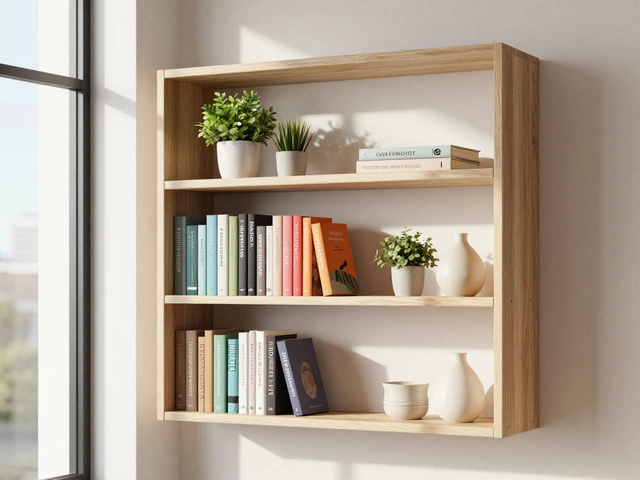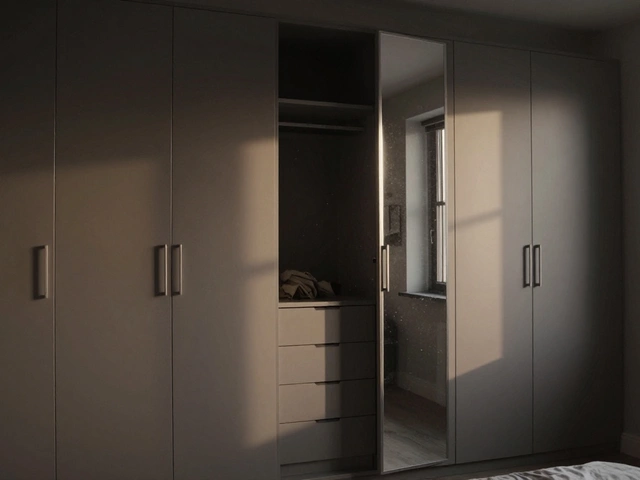Recliner Chair: What Makes It Right for You?
If you’ve ever wanted a seat that leans back, supports your spine, and feels like a mini‑lounge, a recliner chair is the answer. Whether you’re setting up a teacher’s lounge, a library corner, or just a cozy spot at home, the right recliner can boost comfort and focus.
Key Features to Look For
First off, check the reclining mechanism. Manual levers are cheap and reliable, while power‑recline offers smooth adjustments with the push of a button. Think about who will use it – kids and seniors benefit from a simple lever, adults in a busy office often prefer the quiet push‑button style.
Next, consider the seat depth and back height. A deeper seat lets you stretch out, but if you’re short, a shallower seat prevents you from sliding off. Look for chairs with adjustable headrests; they keep necks aligned when you tilt back.Material matters too. Leather feels luxe and wipes clean, but can get hot in summer. Fabric options like microfiber breathe better and hide minor stains. For schools, pick upholstery that’s fire‑rated and easy to clean.
Ergonomics and Health Benefits
A good recliner promotes a neutral spine position. When you lean back, the chair should support the natural curve of your lower back. Some models include built‑in lumbar pads that you can raise or lower to match your posture.
Reclining also encourages micro‑movements – small shifts that keep blood flowing. That’s a big win for anyone who sits for long periods, because it reduces stiffness and improves focus. If you’re looking at a classroom environment, a recliner can give teachers a brief rest between lessons without leaving the room.
Don’t forget about foot support. Many recliners come with a footrest that extends as you lean back. This takes pressure off your knees and helps you relax fully. For older users, a sturdy, non‑slipping footrest is essential for safety.
Now, let’s talk buying tips. Set a budget first – recliners range from a few hundred pounds to a few thousand. Stick to a price that gives you the features you need, not just the brand name. Read reviews that mention durability; a chair that squeaks after a few months isn’t worth the money.
Measure the space where you plan to place the chair. A typical recliner needs about 120 cm width, 70 cm depth, and at least 90 cm clearance behind it for the footrest to swing out. If you’re fitting it into a tight classroom nook, look for models with a compact swing‑away footrest.
Finally, think about maintenance. Leather needs occasional conditioning; fabric benefits from a vacuum and spot‑cleaning. Some manufacturers offer removable covers that you can toss in the washing machine – a real time‑saver for high‑traffic areas.
In short, the perfect recliner chair blends comfort, ergonomics, and practical details that match your setting. Check the mechanism, adjustability, material, and size before you buy, and you’ll get a seat that lasts for years while keeping everyone happy and relaxed.






